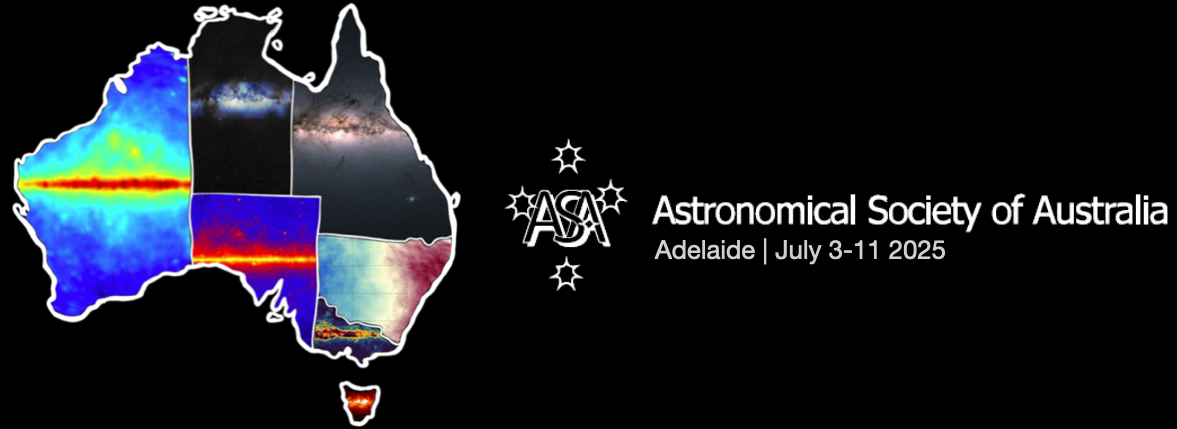Globular clusters (GCs) are key tracers of galaxy assembly, providing crucial insights into stellar halo formation. Using the Feedback in Realistic Environments (FIRE) simulations with a post-processing GC formation model, we investigate the accretion of GCs from dwarf galaxies into Milky Way-mass hosts and the processes that shape their kinematic evolution. We explore how changes in the...
In this talk, I will briefly discuss some of the existing evidence for the morphological and dynamical transformation of galaxies through cosmic time. This transformation is thought to result from the complex interplay between the hierarchical merging of dark matter halos and baryonic processes.
I will introduce the Middle-Ages Galaxy Properties with Integral field spectroscopy (MAGPI)...
The initial mass function (IMF) describes the distribution of stellar masses in a newly formed stellar population and is fundamental to the study of star and galaxy formation. Over the past decades, a growing body of evidence has supported the need for a variable IMF. Understanding the IMF’s characteristics across spatial scales and the factors driving its variability remains a key objective...
I will present a comparison between the abundance patterns in accreted dwarf galaxies and dwarf galaxy streams using data from Gaia, APOGEE, GALAH, as well as specific stream targeting surveys. Dwarf galaxy streams merged with the Milky Way at a much later time then phased mixed, fully accreted, systems. Understanding the differences in properties and evolution between these two groups is...
Ram pressure stripping (RPS) is a hydrodynamical mechanism that can strip ISM material from galaxies as they move through the hot intracluster medium (ICM) permeating galaxy clusters. This is a key process in the quenching of star formation as star forming material is effectively removed from the galaxy. Signatures of RPS can be seen in ionised gas emission by studying the kinematics as well...

